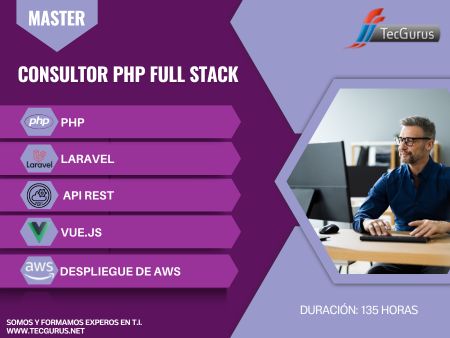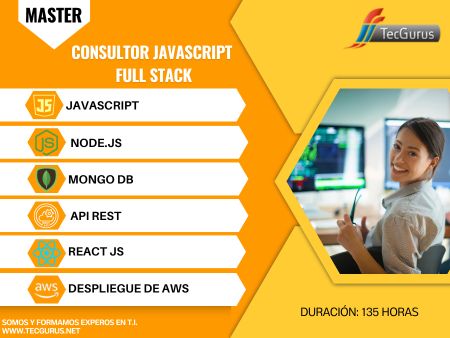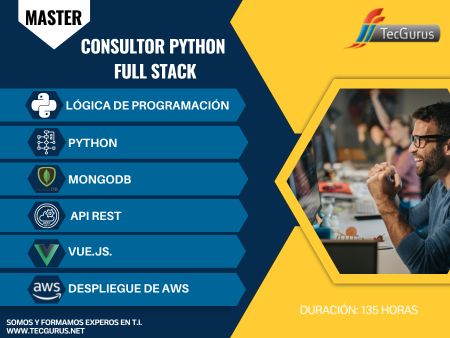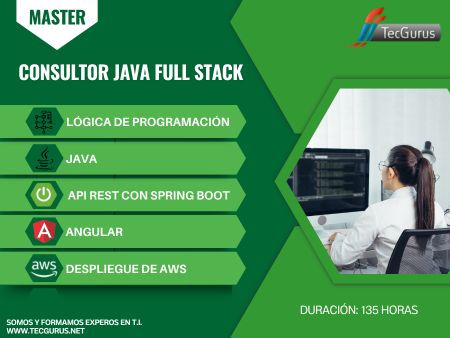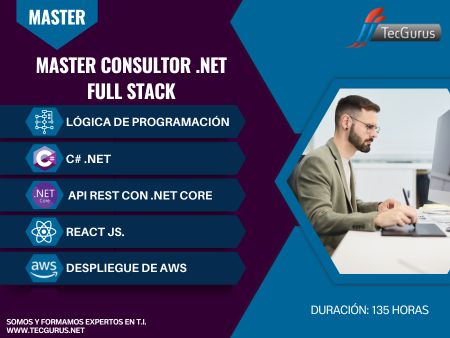- Comunícate: (+52) 55 52 11 69 31
- Inicio
- Cursos
Lista de Cursos
Master Consultor PHP Full Stack
¿Estas listo para convertirte en Consultor Full Stack? Conviértete en un consultor Full Stack, el perfil más completo y que bus...
Master Consultor JavaScript Full Stack
¿Estas listo para convertirte en Consultor Full Stack? Conviértete en un consultor Full Stack, el perfil más completo y que bu...
Master Consultor Python Full Stack
¿Estas listo para convertirte en Consultor Full Stack? Conviértete en un consultor Full Stack, el perfil más completo y que busc...
Consultor API REST con Quarkus
¿Listo para dominar el backend empresarial con Quarkus? En este curso Consultor API REST con Quarkus aprenderás a...
Master Consultor Java Full Stack
¿Estas listo para convertirte en Consultor Full Stack? Conviértete en un consultor Full Stack, el perfil más completo y que bu...
Master Consultor .NET Full Stack
¿Estás listo para convertirte en Consultor Full Stack? Conviértete en un consultor Full Stack, el perfil más buscado a nivel mund...
